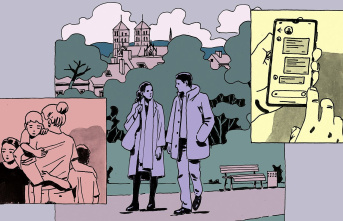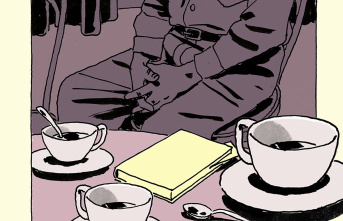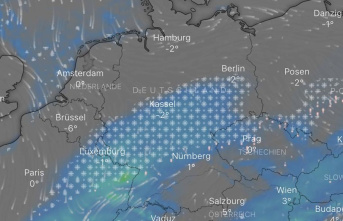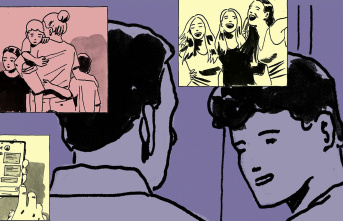In Lagartera, since the year 1590, following the tradition each year, at dawn, the assembly of the altars in the doors of the houses begins, adorning them with true textile jewels both for their manufacture and for their antiquity: centennial fronts, hangings, ceilings made with mesh fabrics, threads from the 16th century. In the same way, in each altar you can see a table that, ritually dressed, serves as a throne for a carving of the Child Jesus in charge of receiving the custody.
The procession of the Corpus of Lagartera, is full of devotion and tradition, and stands out above all for the transformation that the presence of Lagartera craftsmanship makes over the space, especially its famous work that comes out of the coffers to see the light only at that moment. , because once the procession is over, due to the vulnerability of the materials used, they return to their place of origin for protection.
Fennel, mistranzo, mint and basil cover the streets and squares and permeate the atmosphere with their aromas. There is a transformation of the space that is unparalleled and different from any other place. Ephemeral art manifests itself in the transformation of the richly decorated streets.
It is important to highlight the leading role played by all the men, women and children who, dressed in the Lagartera style, contribute to giving a greater solemnity to the procession. Suits whose pieces have existed for centuries, pampered by each of the generations that wear them, will come to light.
On the occasion of the celebration of the Corpus Christi procession on June 19, the City Council of Lagartera will carry out a sample of the most important elements of this festival, declared a Festival of Regional Tourist Interest in 2007 and an Asset of Cultural Interest, Intangible Cultural Heritage in 2017.
The presentation will take place next Sunday, June 5, at 11:30 a.m., at the Tourism Promotion Office of Castilla-La Mancha in Madrid, Calle Gran Vía, 45. You will be able to see the reproduction of an altar as it is executed for the procession; It will be adorned with the typical craftsmanship carried out for that purpose by the hands of Lagarter women, a richly decorated altar table and a carving of a Child Jesus from the end of the 16th century.
A group of labranderas will be doing textile work, Rosa will be making a groom's nightgown, Pilar a ruff and Araceli will continue her work in a 'panomano'. The first two pieces belong to the groom's suit and the 'colorao' suit, respectively. The 'pañomano' is a piece of the trousseau of the houses of Lagarter.
At the same time, Pilar will wear a 'trapillo' suit with skirt and doublet suit shirt; Araceli will wear a doublet suit, with a gold scarf.
At the presentation will be the interior designer Tomás Alía, a native of Lagartera, recently awarded the Gold Medal for Artistic Merit (architecture), involved in countless projects and always defending crafts as a Spanish brand and a sign of plural identity.












